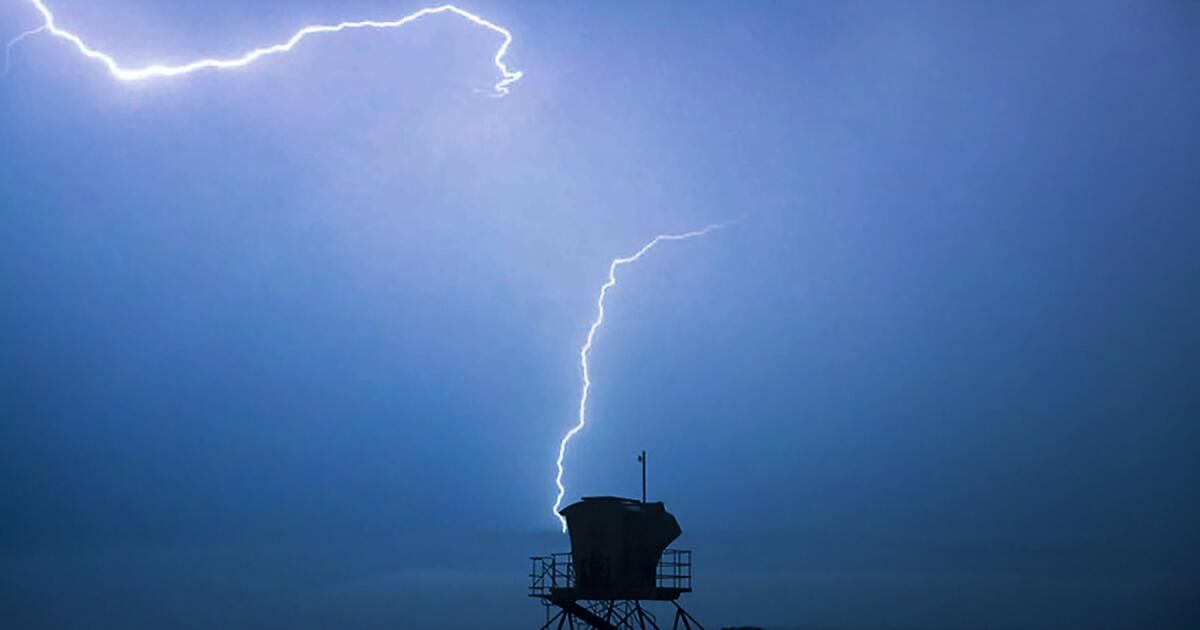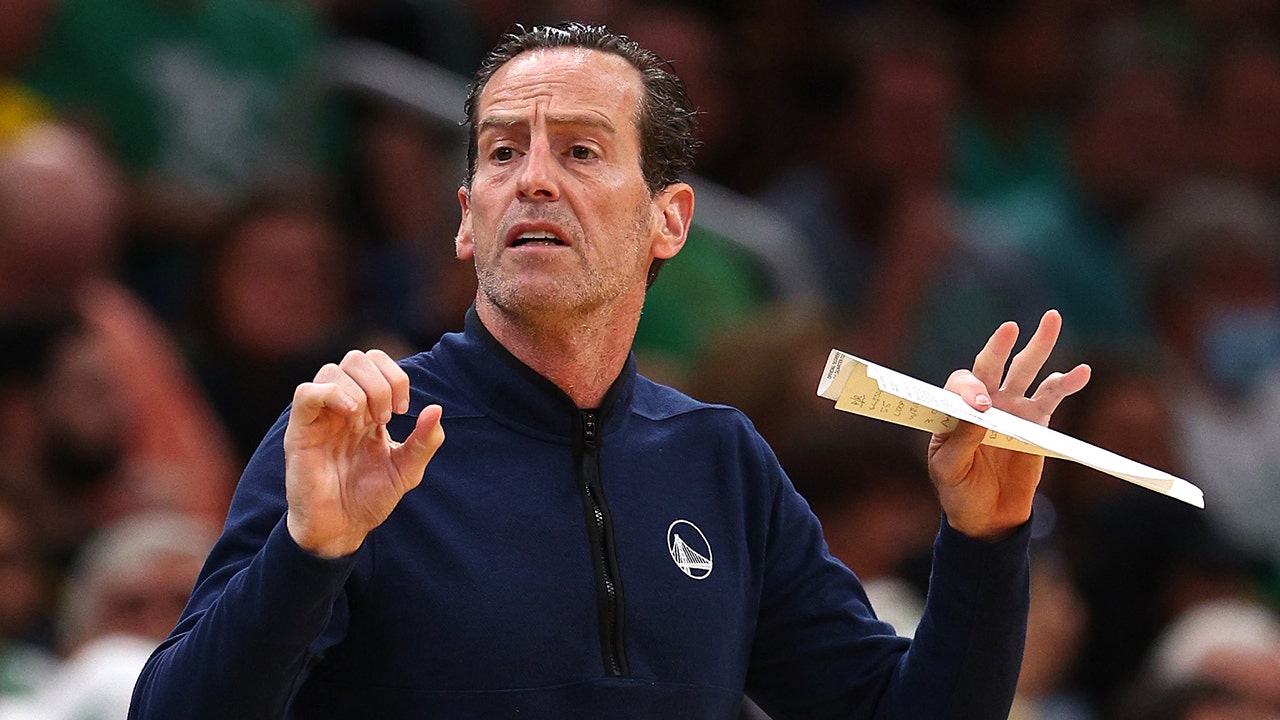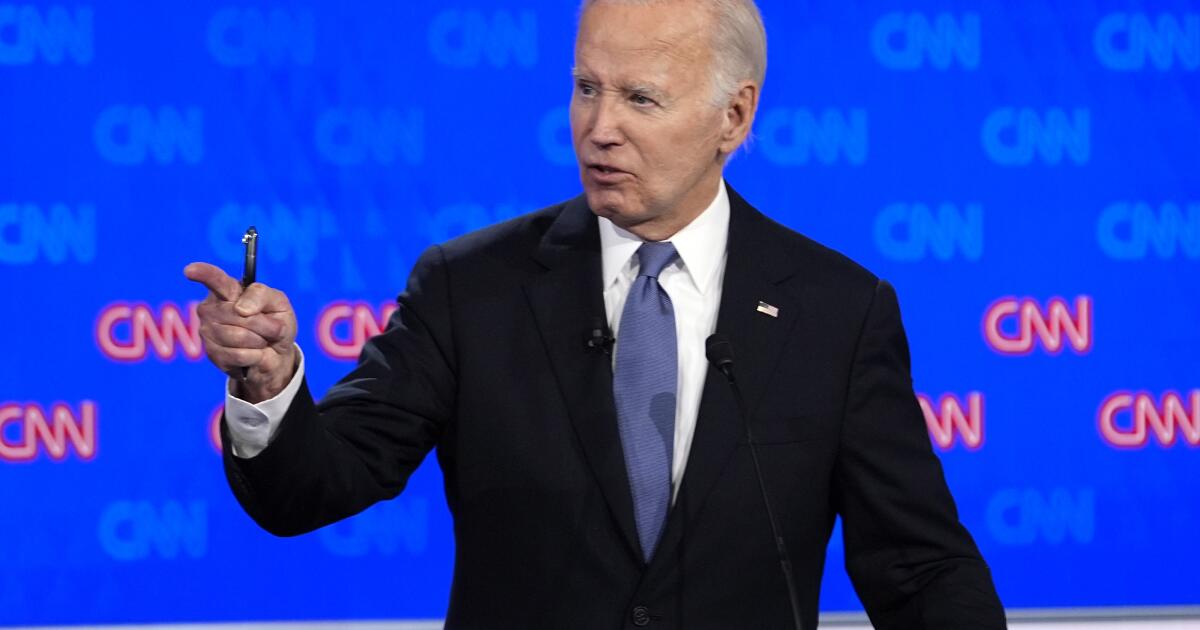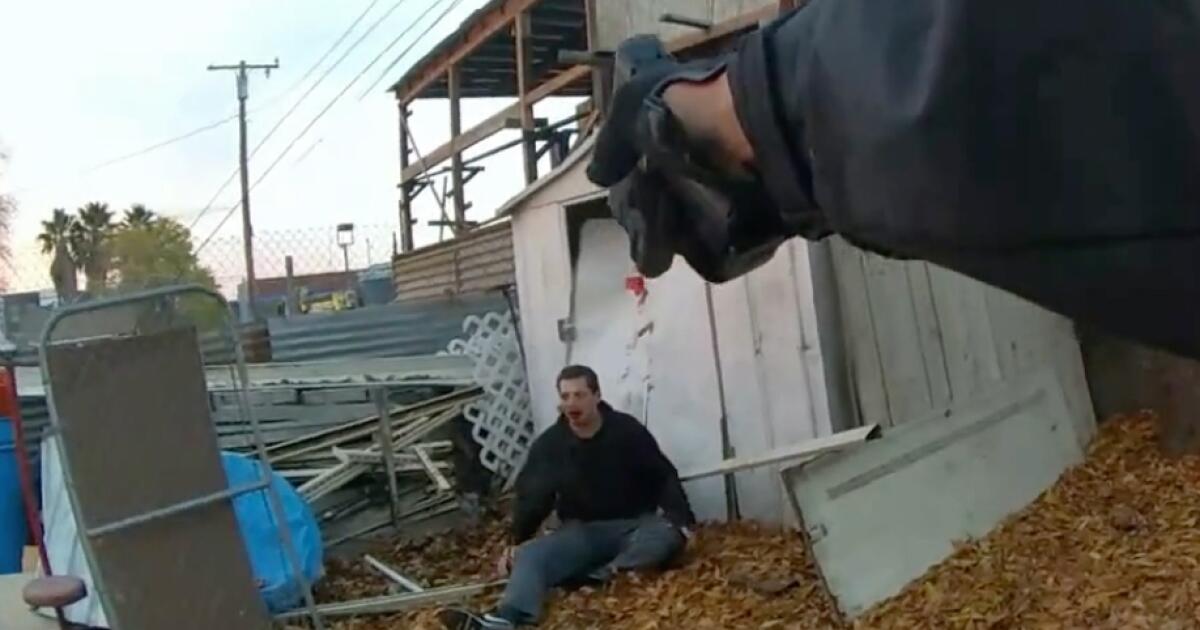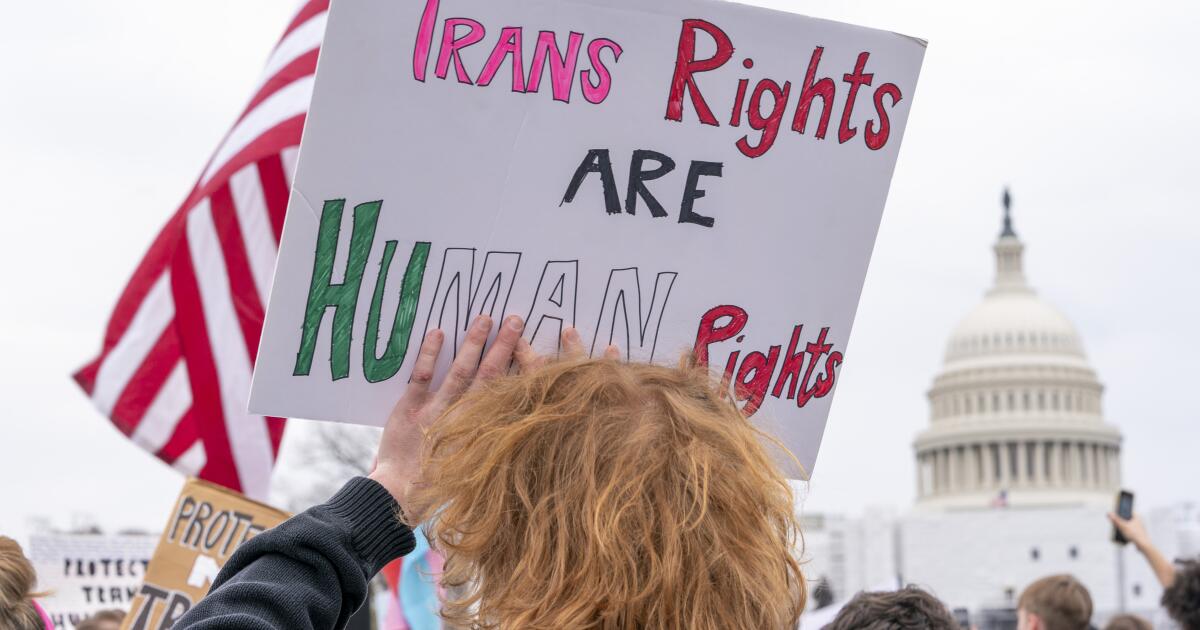Southern California monsoon season thunderstorms brought temporary cooling relief over the weekend to a region that had been roasting under a triple-digit heat wave, but they also sparked new wildfires.
A marine layer is cooling coastal regions this week, said National Weather Service meteorologist Robbie Munroe. Southern California can expect a “strong temperature divide from coastal areas to valleys and inland areas,” he added.
Closer to the ocean, highs are expected to range from the 60s to the 70s, while landlocked areas such as downtown Los Angeles will reach around 80 and the San Fernando Valley is forecast to be closer to 90.
Thunderstorms over the weekend also sparked fires in Southern California, said Brent Pascua, battalion chief for the California Department of Forestry and Fire Protection’s Sacramento station. Kern County fire crews are battling five fires on 17,915 acres, four of which started Saturday.
“White fire is caused [by lightning]“The Rancho Fire is suspected to have been caused by lightning,” Pascua said. A portion of Interstate 5 had been closed near Lost Hills in Kern County but has since been reopened to travelers, he added.
A small fire in Riverside was quickly extinguished due to wet conditions. “It was so small it didn’t even register as an acre,” Pascua said.
Southern California can expect another heat wave starting this weekend, Munroe said. In landlocked valleys, people could see temperatures exceeding 100 degrees. He warned that the confluence of that heat and another thunderstorm forecast for this weekend could spark more wildfires.
“Whenever there are thunderstorms, there is at least a small chance that a fire could start,” Munroe said. “Even in relatively wet thunderstorms, lightning sometimes strikes outside of thunderstorms, where the weather has been relatively dry.”
Firefighters across the state are on high alert, anticipating weather conditions and fire threats. “Lightning could remain hidden for days until it actually shows up and becomes a large fire,” Pascua said.
This year's wildfire season has already scorched nearly 220,000 acres, 20 times the area that burned this time last year. Thousands of people have evacuated their homes, dozens of buildings have been damaged and at least one resident has died as a result of the wildfires across California.
“Both Southern and Northern California have a lot of unburned fuel because of all the rain and precipitation we had over the winter,” Pascua said. “Plus, over the last two years, we haven’t had a very active fire season, so there’s a lot of fuel available. The potential for these large fires to occur is real.”
The largest of the current fires, the Lake Fire in Santa Barbara County, is now 34% contained. A Monday morning email update from Cal Fire said improved weather conditions reduced fire activity overnight Sunday. But the blaze has charred more than 38,000 acres, and the nearby Los Padres National Forest has increased closures that will remain in effect through mid-August.
Cal Fire has assigned a response team to the 11,000-acre Shelley Fire in Sikiyou County. After two weeks, firefighters have been able to contain only 3% of the total affected area.
“Getting crews in and out is still a struggle,” Pascua said of the rural area. Crews have to fly in or walk for hours before reaching the fire line.
The long treks crews make through remote, mountainous regions to fight the fires are made even more dangerous by record levels of extreme heat. The weather service issued a heat advisory for the San Francisco Bay Area on Saturday as temperatures topped 100 degrees. Sacramento officials also reported that the first two weeks of July were the hottest on record in the city in the past 146 years.
“We are always training so that when these heat waves come during the summer we are prepared,” Pascua said of the emergency response personnel.
Pascua also warned California residents to be prepared for a summer of heat and wildfires.
“Have that emergency plan figured out with your family,” Pascua said. “That way, when the evacuation happens, [order] “If you’re leaving for a fire or an emergency, you can leave early… and we can come in and provide the offense to try to put out these fires.”

